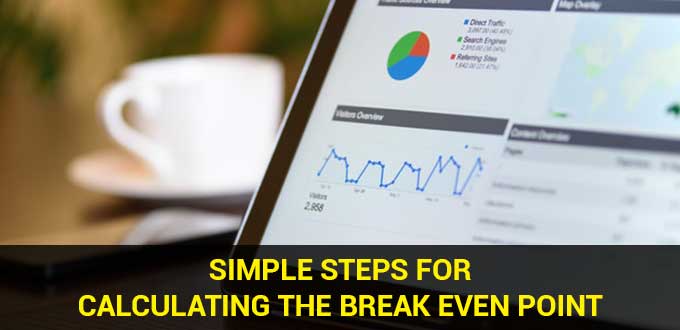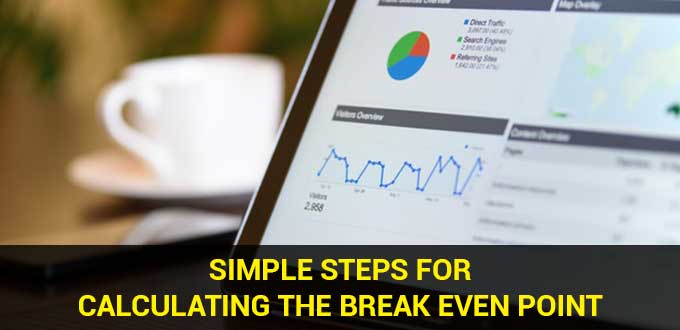
Break Even Point (BEP) is a word that is frequently used when analyzing a business’s performance. Indeed, are you aware of how simple it is to conduct a break-even analysis? If you are unsure, it is most certainly not an issue. Let us analyze the Break Even Point in detail.
BEP is defined as
Before conducting a break even point analysis, it is necessary to understand what a break even point is. Break Even Point is a calculating point at which capital equals revenue, indicating that there is no loss or profit.
Generally, the total profit and loss at point 0 can occur if the business operates with fixed expenses and the amount of goods sold is adequate to cover both fixed and variable costs. If you are unfamiliar with some of the terms used in the BEP, have no fear; we will go over them one by one.
Components of the BEP
When doing a break even point analysis, it is necessary to understand the components of the study. Important components of the BEP analysis include fixed costs.
What does the term “fixed costs” mean? Fixed costs, on the other hand, are costs that will remain constant regardless of future changes in production volume.
Along with fixed expenses, you will learn about variable costs. These are variable costs that fluctuate in response to variations in production volume.
The third critical component, revenue, or what is commonly referred to as income, is the sum of the income earned by products sellers. The final component, profit or profit, is the remains of income after fixed and variable costs have been deducted.
BEP Fundamental Concepts
If you are still unsure about BEP, it is prudent to familiarize yourself with the fundamental concepts described in the Financial Management book. Existing costs in a business will be categorised as fixed or variable.
Variable costs, as previously stated, are costs that will fluctuate in total in response to volume changes. Furthermore, fixed costs will remain constant regardless of activity variations. The price to be analyzed is a constant unit price over a specified time period.
When determining the break even point, the quantity of products produced is treated as if they will always be sold out. For the type of business that offers a variety of products, the value of the product’s “balance of sales” will be regarded fixed.
The benefit of conducting a BEP analysis is that you will know the amount of investment required to offset the initial expenditures and calculate the margin.



